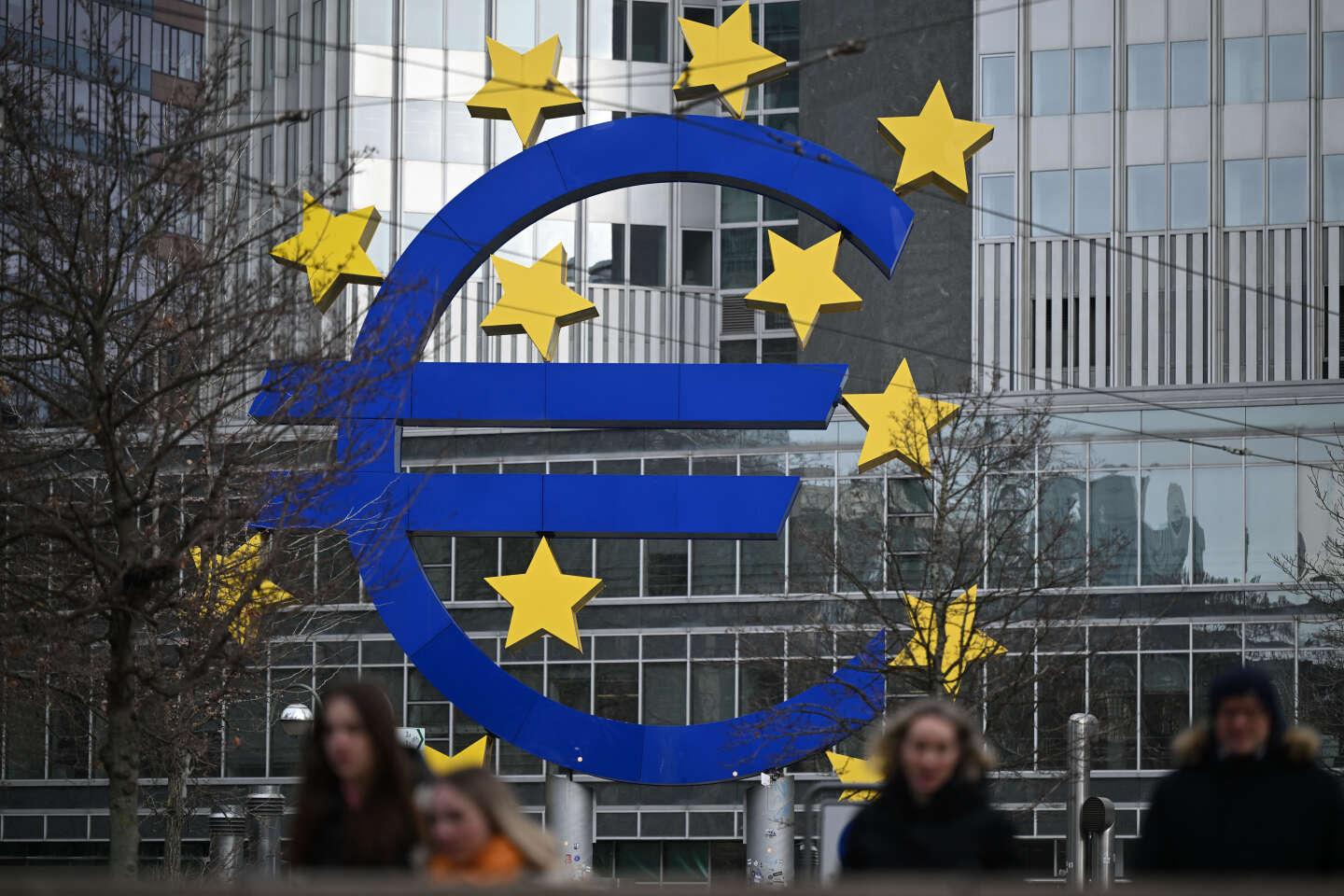Understand the consequences of this management on the economy as a whole

The European Central Bank (ECB) announced on Thursday, March 7 that it would keep its key rates on hold for the fourth consecutive time, to combat high inflation in the euro zone. Deposit rates remain at a record high of 4%. After an unprecedented increase from 2022, according to the European Institute’s estimates, the time is yet to decrease. Central banks in the world’s other major economies are also maintaining the status quo to combat rising prices, before they are able to ease their monetary policy.
In a global market economy, central banks act like thermostats: they ensure that the system is not overheated or, conversely, underpowered. The past five years have been a textbook case: After an almost complete shutdown during the Covid-19 pandemic, the global economy kicked off with a bang, leading to two years of record inflation.
What is the role of central banks, powerful but little-known institutions? How do they affect the delicate function of supply and demand? With what consequences for consumers, businesses, states?
Let’s take the example of the Eurozone and lift the hood of its monetary policy machine, the ECB.





